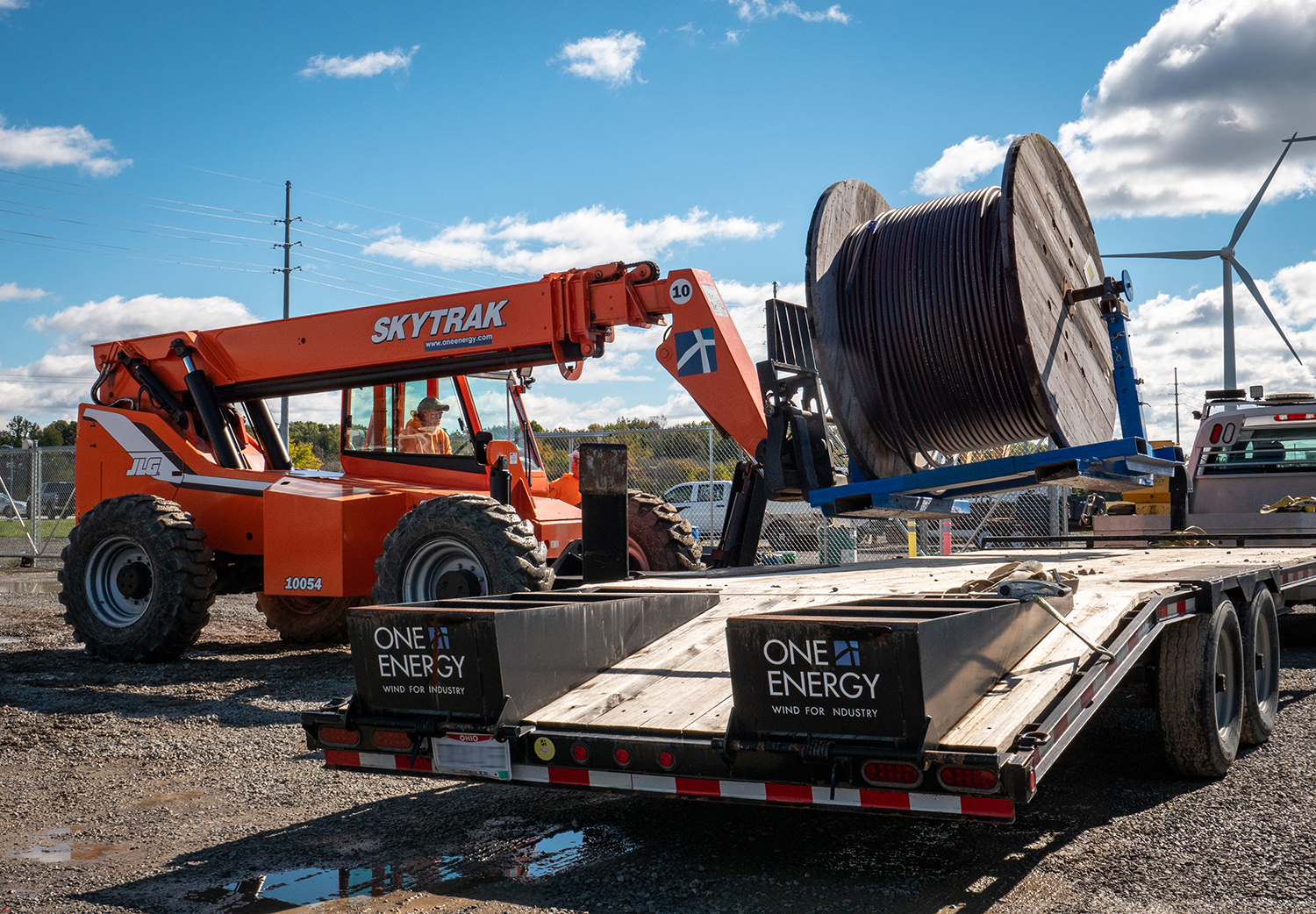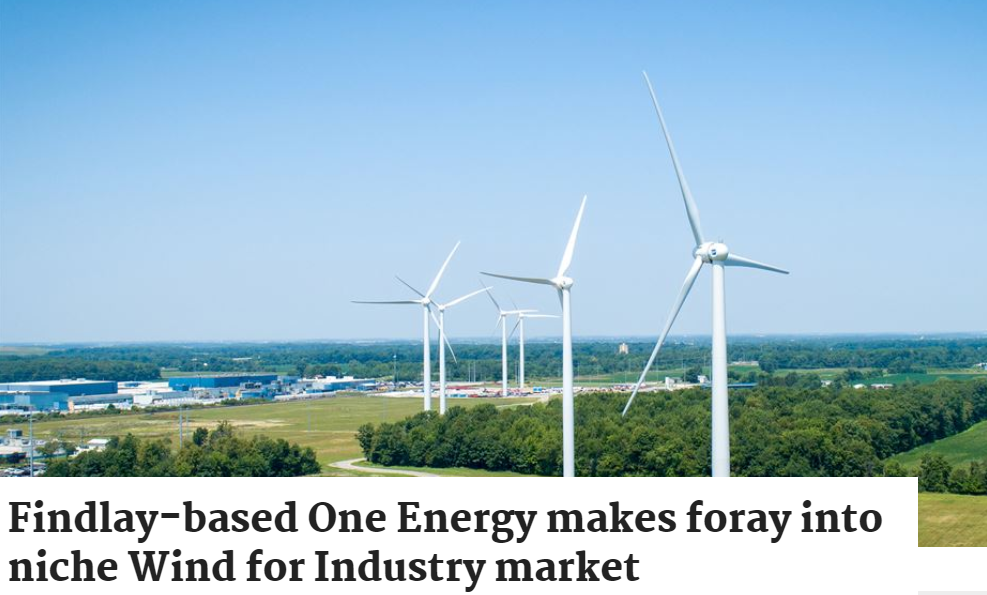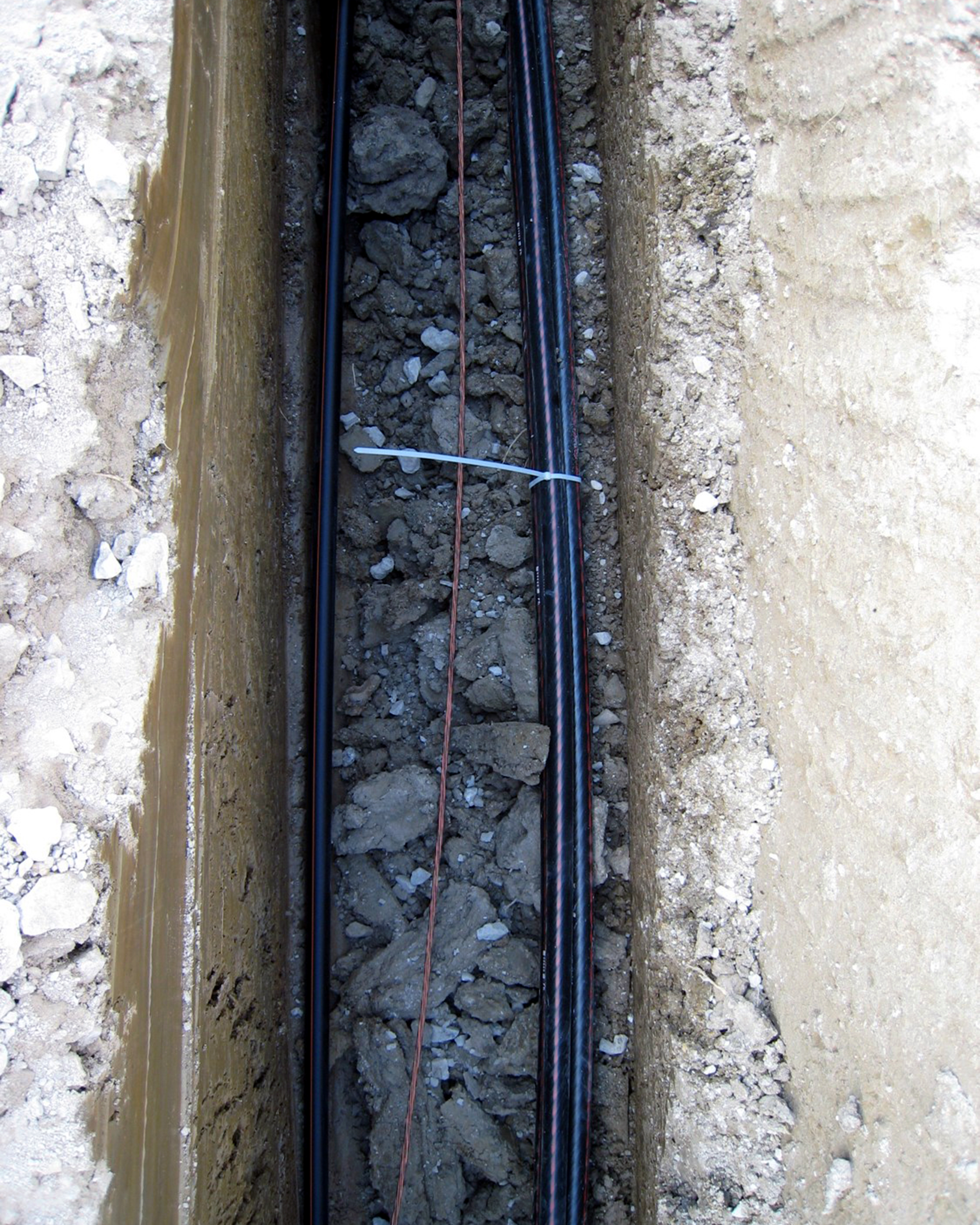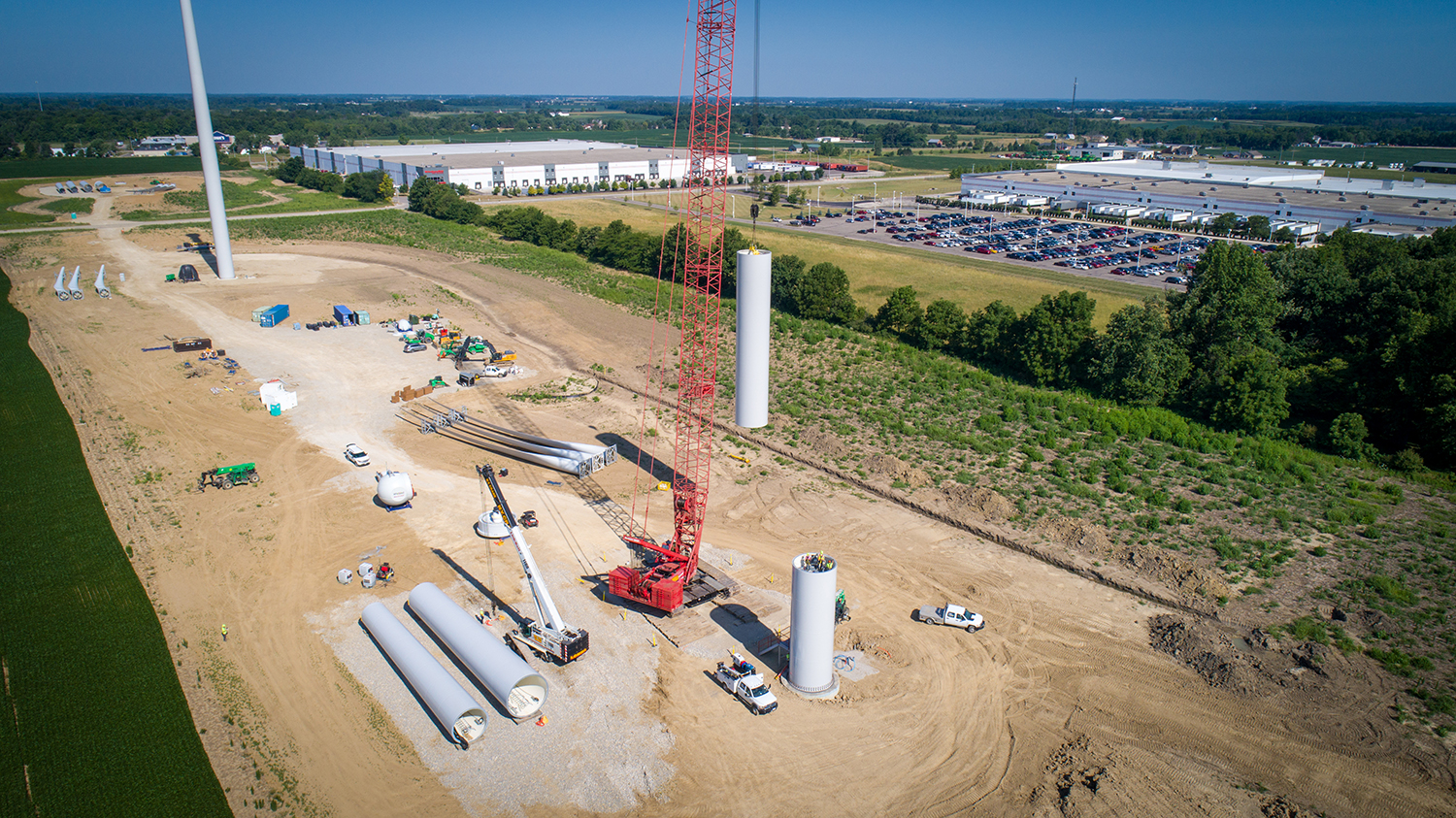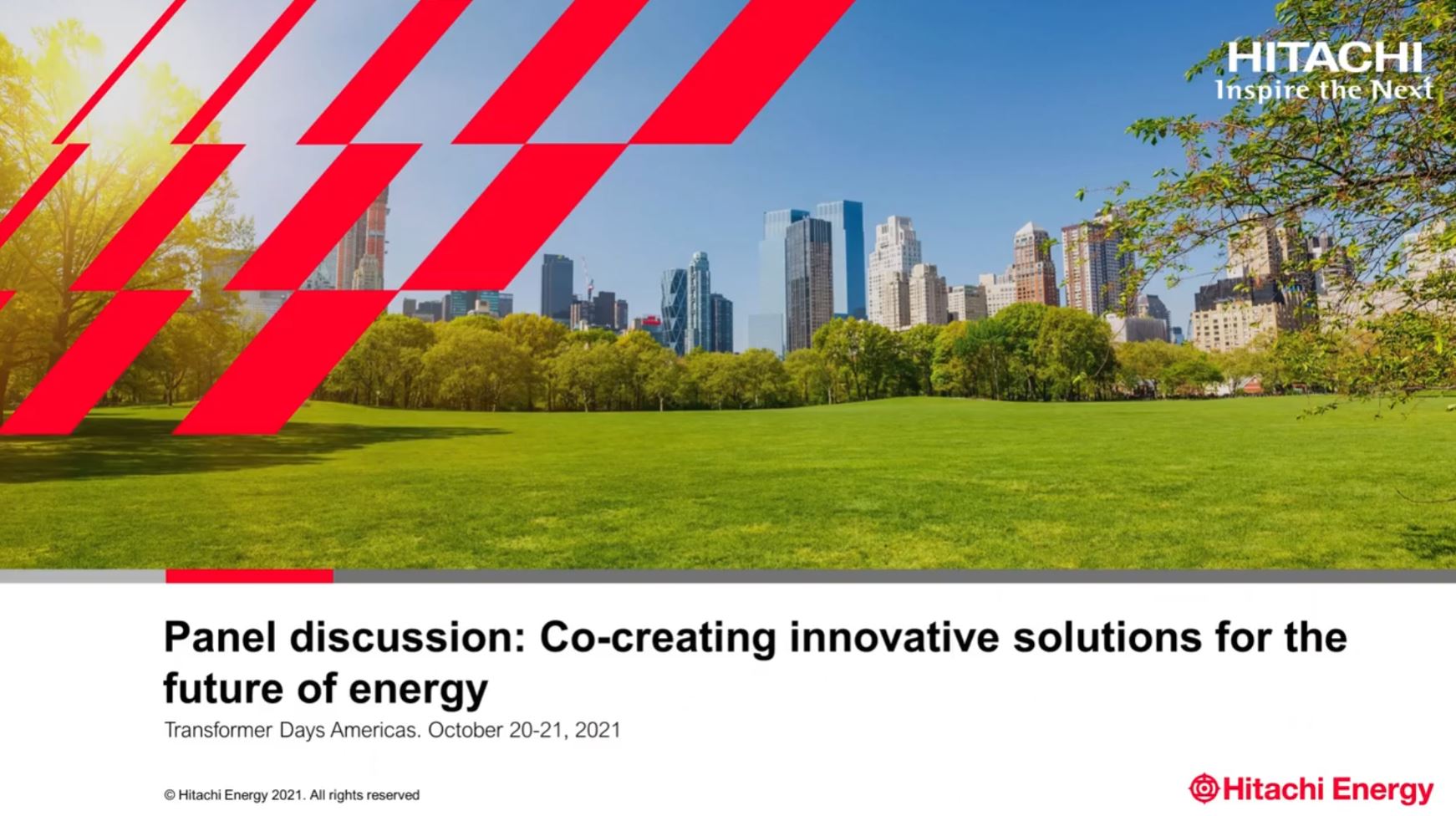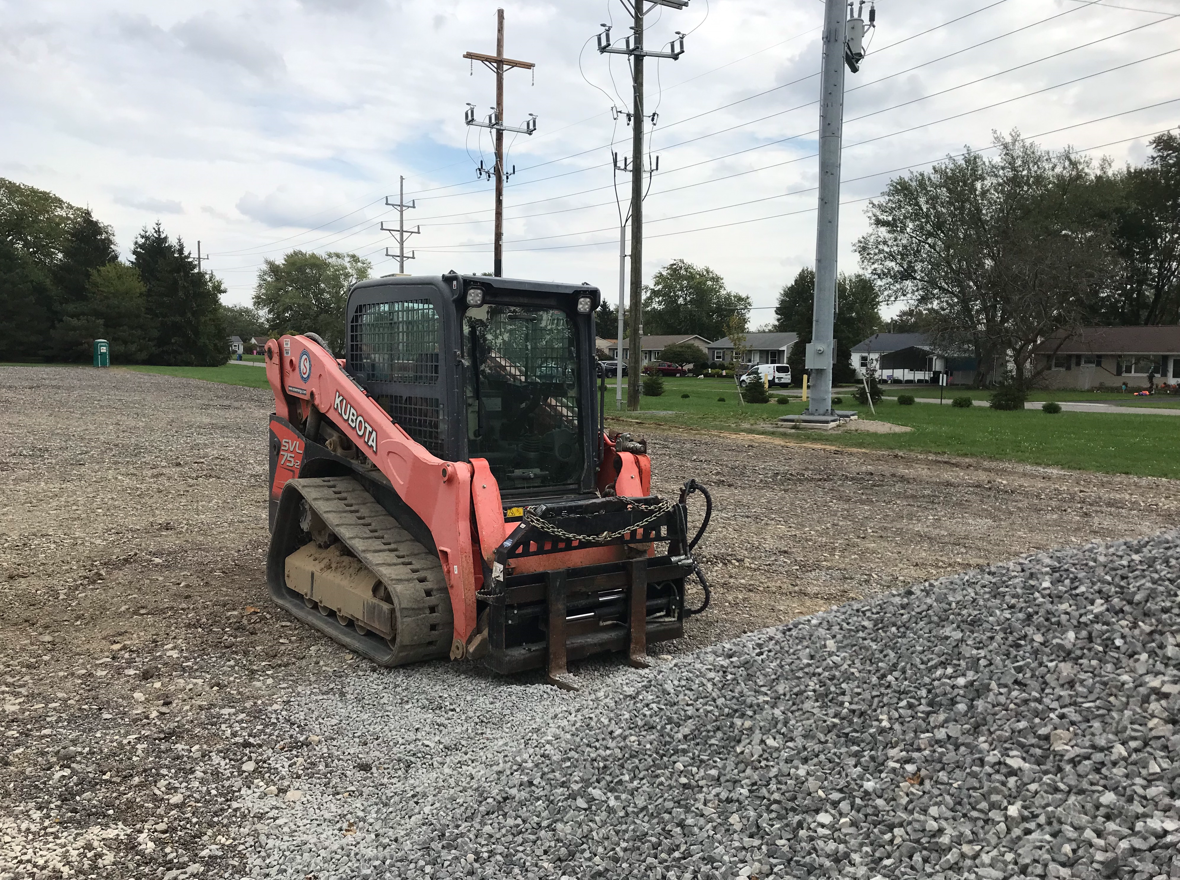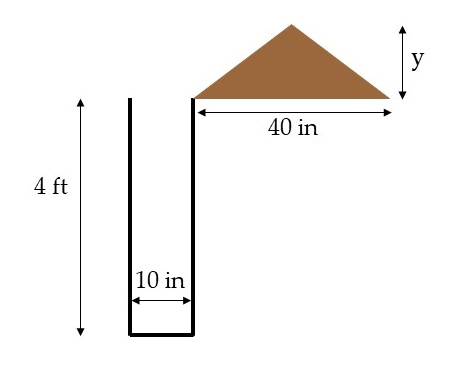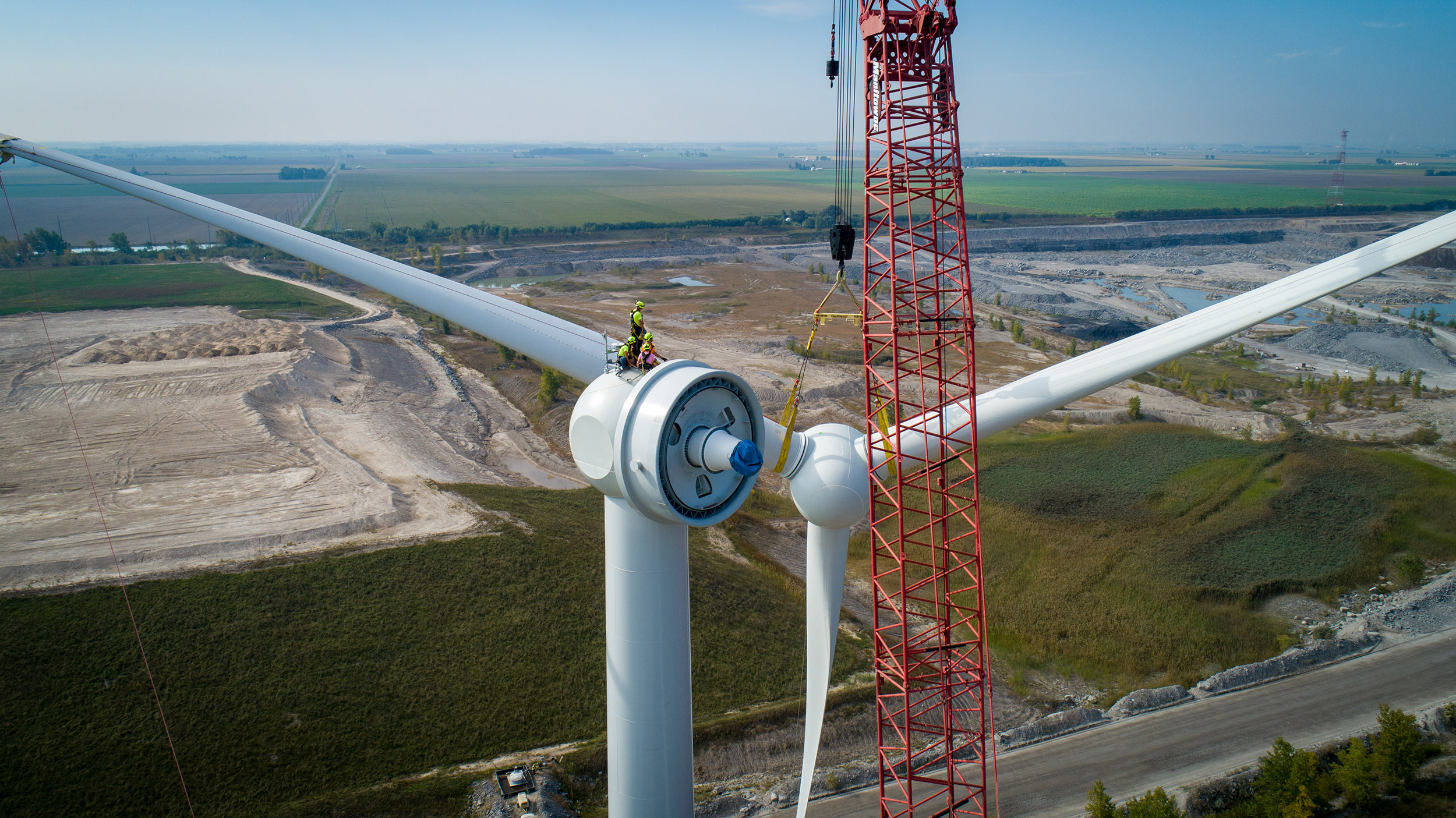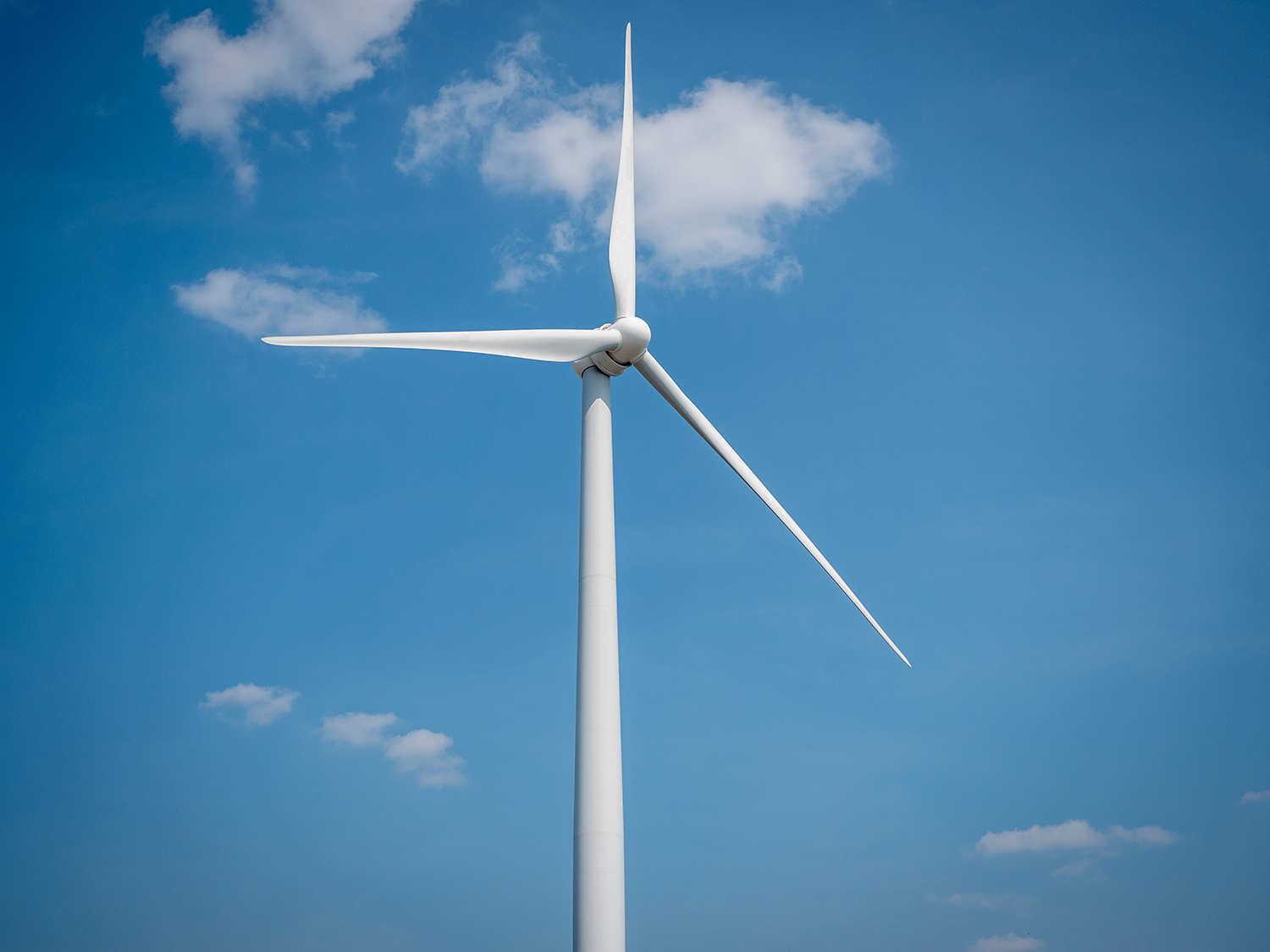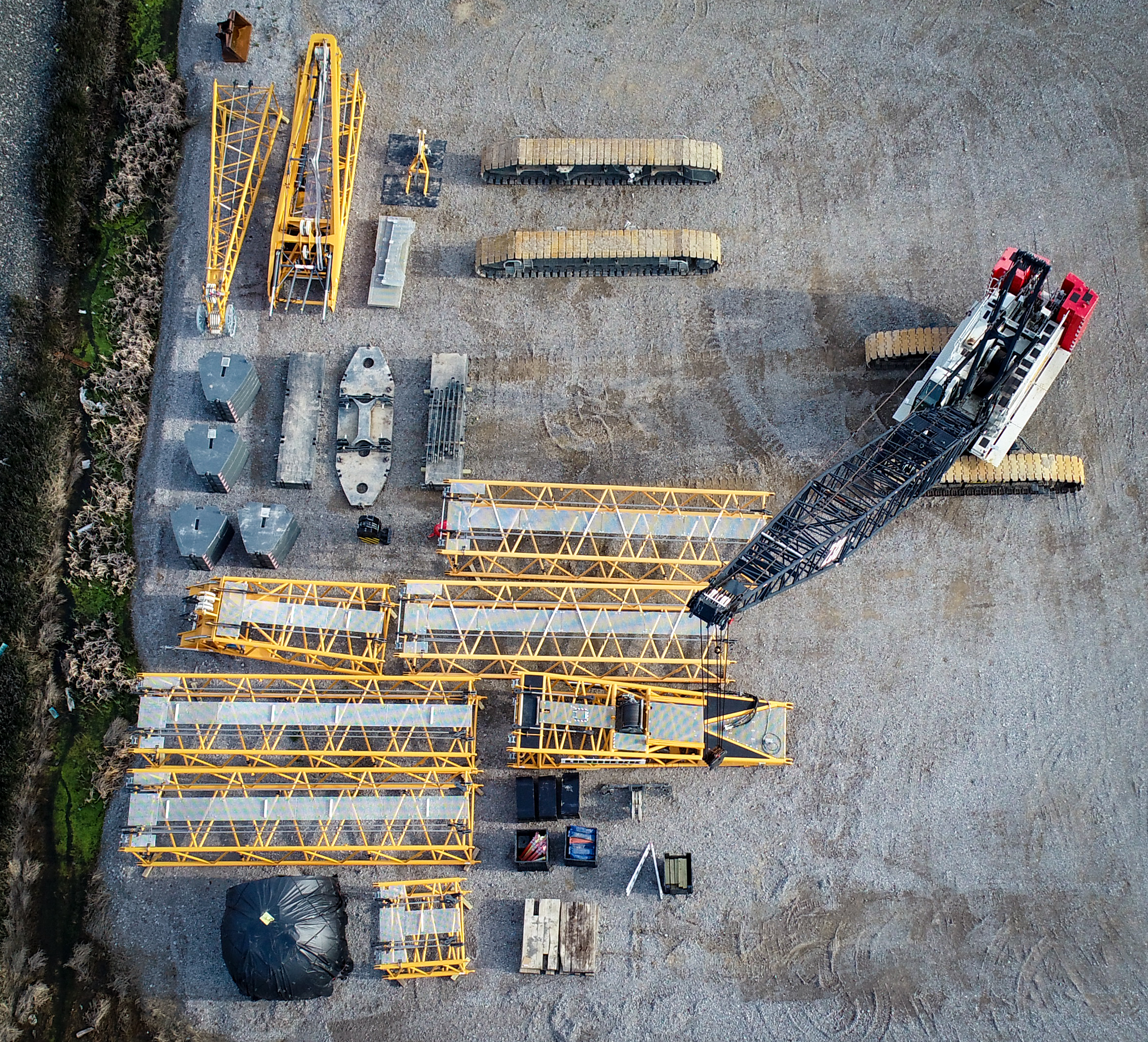ONE ENERGY FEED

SUBSCRIBE
CONNECT WITH US
News Filters

Reporter Tom Henry from The Blade out of Toledo, Ohio visited the One Energy headquarters to tour the North Findlay Wind Campus and interview CEO Jereme Kent and the One Energy team. Read the company profile here and learn more about the unique business model, including what employees say makes working at this entrepreneurial industrial power company in Findlay, Ohio so appealing.


This virtual event hosted by Hitachi Energy and Transformers Magazine featured industry experts sharing trends and information in the world of transformers – including sustainability and co-creation. CEO Jereme Kent was asked to participate in a panel with other leaders in the field – to discuss co-creation and our energy future.
“If you aren’t willing to have two-way candor, there’s no co-creation,” Jereme said, on the topic of making information available and being honest. “True co-creation is what allows for innovation.”
For more, register for free and watch the recording here.






